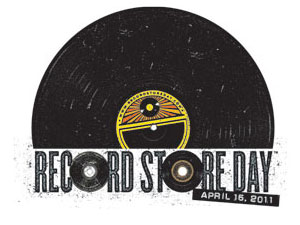Record-store owners owe Apple iTunes a tremendous debt of gratitude for being an uncaring, scatter-brained, inhuman little jukebox: It’s saving their skin right now.
The running narrative in the music world during the past decade is that the physical album is dead, and file-sharing, downloads and, most notably, Apple’s iTunes killed it. Yes and no.
 There’s no questioning that music sales on the whole are cratering faster than the resale value of an American Idol runner-up’s follow-up album or the latest Glee soundtrack installment. Overall music sales plummeted from $14.6 billion in 1999 to $6.3 billion a decade later, with Nielsen saying album sales in 2010 fell 13% from the year before.
There’s no questioning that music sales on the whole are cratering faster than the resale value of an American Idol runner-up’s follow-up album or the latest Glee soundtrack installment. Overall music sales plummeted from $14.6 billion in 1999 to $6.3 billion a decade later, with Nielsen saying album sales in 2010 fell 13% from the year before.
Record stores, meanwhile, saw their revenue tumble by 76% since 2000 to $2 billion, according to market research firm IBISWorld. That group estimates that record stores will lose another 40% of sales by 2016. While it would have been just fine to blame iTunes, Amazon and other online options for that dropoff in the early part of the 2000s, it’s not nearly as strong an argument now. Though Target, Wal-Mart and Best Buy are just some of the retailers that have reduced floor space for CDs and DVDs in favor of online offerings, Nielsen found that digital music’s growth slowed from 27% in 2008 to 8% in 2009 and just 1% last year.
You’ll forgive the more than 700 independent record stores in the U.S. for not typing out their obituaries as quickly as some would like and, instead, celebrating the fourth installment of Record Store Day, to be held this Saturday, April 16. Dreamed up by Chris Brown, vice president of Maine- and New Hampshire-based music, movie, video-game and book chain Bull Moose, the event’s grown from little more than 300 stores in 2008 to nearly 1,600 in 21 countries this year.
“This whole thing kind of led to Record Store Day because I noticed that there were lots of stores like Bull Moose in other areas like Phoenix, Colorado Springs and Sacramento that were going through the same thing we were,” Brown says. “They were thriving yet there was a sense that we were all dying and going to go away soon, and we were bummed that there was so much negativity in both the press and the industry.”
The music industry, for its part, has declared those indie stores alive and kicking and backs up that claim with inventory — and lots of it. Labels shipped out roughly 45 original releases for the first Record Store Day, but have kicked that number up to more than 270 this year, according to Mike Batt, owner of Seattle-based music chain Silver Platters. While the ranks may have thinned during the rise of digital music, Batt says music stores that survived as his have did so by being what their predecessors and stereotypes weren’t.
“The stores that were really big and hip back in the 1990s and 2000s and the people who grew up with them and were trying to be hip to the kids have lost their customer base and seen it dwindle,” Batt says. “Ours has dwindled, there’s no denying that, but I’m starting to hear more and more from people that they’re finding us and they’re bringing older people to our classical section and young people to your vinyl section.”
Some of the credit for that resilience belongs to online music services, but most notably iTunes — whose $1.2 billion in sales last quarter is more than half of what the record stores will make all year and still growing by 23% over the same period last year. That success, however, saved existing independent record shops in some very unlikely ways. The following five iTunes-induced record-store changes are worth a spin:
1. It made fans want what they couldn’t have: There are two consistent notes running through special Record Store Day releases like the reissue of Nirvana’s 1992 Hoarmoaning EP, the Foo Fighters’ covers album Medium Rare and the 13th Floor Elevators’ 1966 single “Wait for my Love” with a never-released song on the flip side: rarity and exclusivity.
Even IBISWorld acknowledges that while the record selling industry is in dire straits, shops that have built a core out of rarities, niche offerings and vinyl that can’t be found online are in a better position than most. In the case of Silver Platters, which Batt says is so named because it sold only CDs and laser discs when it opened in 1985, that meant a big, slow shift in ideology. After hearing that customers at their store in Bellevue, Wash., were inquiring about vinyl, they first added new vinyl records to the racks in 2004 and added them full time to their other two stores in Seattle later that year. The chain didn’t end up selling used records until nearly five years later.
“The main reason we are making it is because we’re such a small business,” Batt says. “I am the sole owner of the company and, yes, we have three large stores, but the infrastructure is tiny, and I only have 40 employees, so we can turn quickly and see where we’re going.”
Even a store that typically doesn’t make vinyl a large part of its business, like Bull Moose, can see the benefit in stocking a rare mix of The Rolling Stones’ “Brown Sugar,” Jimi Hendrix’s “Fire” or even the White Stripes’ first two singles. Bull Moose’s Brown sees it as a sign that much-derided record-label employees are actually music fans — if you get them alone and take their ties off.
“This is a really fun thing for somebody who is a label-marketing person, a product manager or a person who works in the tape library — he goes down into the vault where Warner Brothers keeps its masters and finding an old Doors mono mix that they can put out for Record Store Day,” Brown says. “It’s a chance for people who work in the music industry to do something they should be doing all year long, which is making something awesome for music fans.”
2. It brought back the long tail: There was a time when you could wait for the latest U2 or Sting album, warehouse it and wait for the money to roll in, as Silver Platters’ Batt used to do. No more. Perhaps the biggest lesson taught by iTunes — and perhaps by Amazon and Netflix — is that it’s easier to sell a large number of items to small niches than it is to sell hits to the masses. That’s significantly thawed record stores’ aura of cool, but warming up to customer choice has made survival just a little easier.
“At our Queen Anne store [in Seattle], close to 10% of our business is classical music and close to 10% of our business in our Bellevue store is children’s video and music, which you just don’t find in independent record stores anywhere else,” Batt says. “What everybody thinks of as being an independent music store is having all the current, cool alternative releases and if you have New Age sections as large as ours is, you’re thought of as being uncool.”
That leveling out has only benefited shops like Bull Moose, where the CD playing at the front counter is just as likely to be a band playing down the street at Geno’s in Portland as it is to be the new Beach House release.
“The top has been chopped off, so the albums that would have sold 10 million only sell 2 million,” Brown says. “That leaves a lot of room for the developing, local and regional artists.”
It makes life a lot tougher on the buyers, however, as Batt brought in 9,000 new titles as a buyer in 1989 but 50,000 new releases this year. It may not sell as quickly as a new Lady Gaga album but, as Batt proved even in the ’80s, the obscure stuff moves if you sell it correctly.
“I worked with a lot of old-time music people who started betting me lunches on what would sell and what wouldn’t,” Batt says. “I brought in the A-Team soundtrack and was told it would never sell, but it would sell out in a week.”
3. It made us miss the record-store clerk: One of the primary reasons iTunes, the iPod and individual earbud culture was embraced so willingly by the masses was the fear of being judged by the cooler-than-thou, know-it-all misanthrope behind the counter.
For music fans growing up in the ’70s through ’90s, a music-store clerk was a position worth aspiring to. For consumers who spent that same period feeling sneered at in ways that make Jack Black’s derision of a father buying Stevie Wonder’s “I Just Called To Say I Love You” for his daughter in High Fidelity look tame and earnest by comparison, they and their video-store cohorts were figures to be loathed and destroyed download by download.
During the iTunes era, however, store owners like Batt and Brown have found their knowledgeable employees increasingly valuable in the face of widely varied online reviews, Pandora lists and Genius mixes that don’t always hit the mark and — you might also like — recommendations that could range from Loretta Lynn and Hank Williams to Legos and hammers. For every despondent John Cusack clone sulking behind the counter, Brown says there’s someone like him who has clerks put him on the phone with customer who are wondering what King Crimson album to start with, whether or not they should see Blade Runner or if they’ve missed anything if they haven’t played Legend of Zelda.
“The biggest compliment you could pay a clerk in a store like ours is to ask for advice and then follow through on it,” Brown says. “Typical music stores will continue because people want that — they want the typical interaction over music.”
If anything, employees have had to become even more knowledgeable over the past decade as stores diversified their inventory. It’s not enough to know that Green Day is derivative of Stiff Little Fingers when your clientele is just as likely to ask what bands their kids would be into if they liked the Wiggles.
“We get the same questions and the same conversations that we did back in 1985,” Batt says. “There’s a whole lot more product out there than there was back then and we’ve had to become more specialized.”
4. It made showmanship a selling point: The in-store appearance has been a record-store staple for decades, but it was a statement for Metallica during the first Record Store Day in 2008.
The embodiment of the music world’s kicking-and-screaming fight against the digital revolution, Metallica threw its support behind the record shops by playing a live set in a basement club under Grimey’s record store in Nashville and released CD- and record-only recordings of the events during Black Friday last year. It highlighted perhaps the one area where the shops still have a big advantage over iTunes and other online competitors — live music that doesn’t need to be accessed through podcast or video stream.
As a result, record stores take great pains to bring big acts in for performances and get locals on stage to push their product. Silver Platters has a three-act local lineup playing on Record Store Day, but Batt says it was actively pushing for Paul Simon to come play between a Seattle stadium date and a smaller gig at the city’s Showbox club near Pike Place Market.
Bull Moose, meanwhile, has local bands playing at all 10 of its stores, but has seen an uptick in national acts asking for gigs that would have been improbable at best during the days when CDs and radio were king.
“The Decemberists just recorded a live album at Bull Moose in January, and I don’t know that I would have requested that in 1989 or 1999,” Brown says. “At that point, I would have been gutsy enough to ask them to come to the store, but I wouldn’t have asked them to come and record it and, if it came out well, to sell it.”
5. It made the stores offer what iTunes offers, and more: When the competition’s selling music, movies, television shows and audio books — and even digital books for its tablet users — it’s pretty tough to just offer CDs and denial.
Shortly after Napster emerged in the late ’90s, Bull Moose made its first foray into movie sales. Though it confused some customers who shopped at outlets that had video rental shops in the same facility or, in some cases, the same hallway, Brown said it had a direct impact on music sales and spurred every addition that came afterward.
“A few years later we added video games and last year we added books — like full-on big bookstores with dictionaries and bibles and things,” Brown says. “We keep fiddling with what we sell and we find that as we reach out into other areas, we end up selling more music than we did before.”
Silver Platters, meanwhile, began selling books last year after three independent bookstores in its Queen Anne neighborhood shut down. It’s now the only bookstore in a nearly one-and-a-half-mile radius and while its selection of recent releases and popular titles is paying dividends, Batt says it’s the only deviation his shops plan to make from music and video sales. Though other independent stores and chains have been kept afloat by selling Futurama dolls, Akira figurines and gag gifts, Batt says letting a competitor take a record store out of its comfort zone can be just as costly as confronting threats like iTunes and Amazon head-on.
“Almost all other independent stores have broadened their stock of accessories and trend items and have brought them to the forefront of their business,” Batt says. “They are things that move better right now and that stores can get better margins on, but it’s a really chancy proposition because you’re riding on fads and what might be hot one moment might not be in the next couple of months and you’re left sitting on a lot of stock.”

